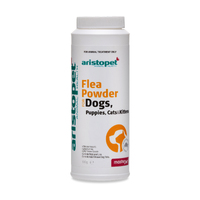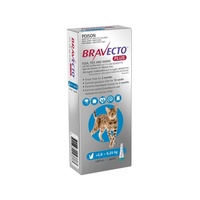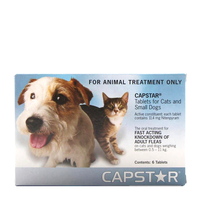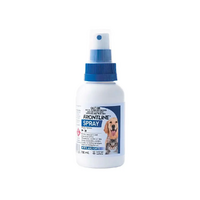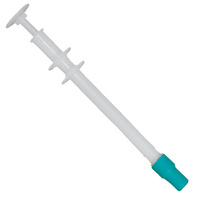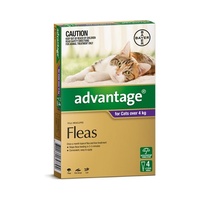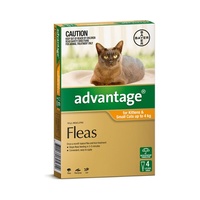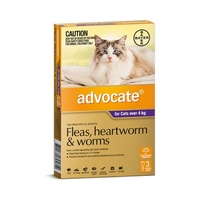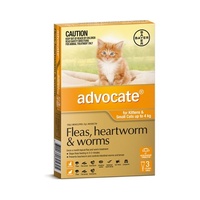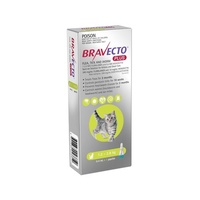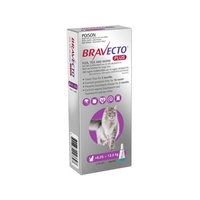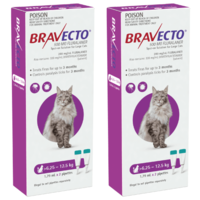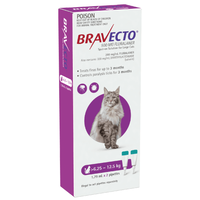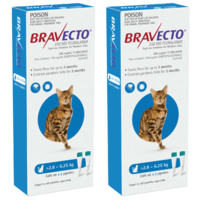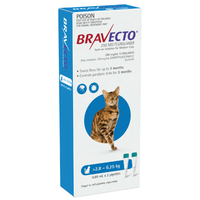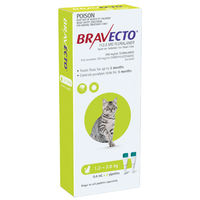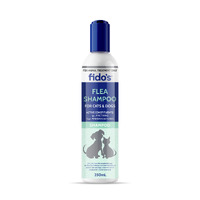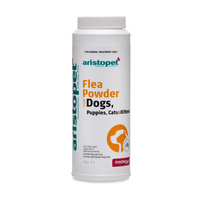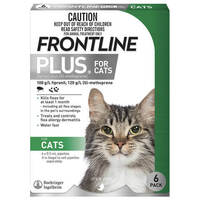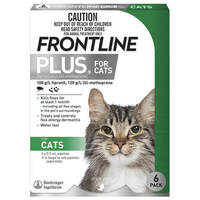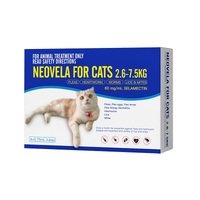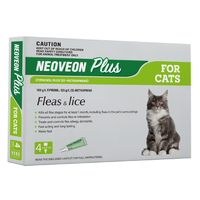Using a cat flea & tick treatment is one of the core responsibilities of owning a canine. Find products from trusted brands such as Advocate, Advantage, Bravecto, Capstar, Frontline Plus, Revolution, Revolution Plus, Seresto and more. Cat flea control comes in multiple forms such as tablets, topical spot-on, shampoos, sprays or powder. Cat tick treatments will prevent paralysis ticks from harming your feline. The flea & tick products found here can be used on both adult cats and kittens.
Cat Flea Treatment FAQ's
What are fleas on cats?
Fleas are small, wingless insects that feed on the blood of cats and other animals, including humans. They are one of the most common flea species found on cats and are known scientifically as Ctenocephalides felis.
How do cats get fleas?
Cats can get fleas from a variety of sources, including other infested animals, infested environments, or even from humans who have come into contact with fleas. Fleas are excellent jumpers and can easily move from one host to another.
What are the signs that my cat has fleas?
Signs that your cat has fleas include excessive scratching or grooming, visible fleas or flea dirt (small black specks that look like ground pepper) on your cat's skin or fur, and skin irritation or redness.
Can fleas make my cat sick?
In most cases, fleas themselves do not make cats sick. However, if your cat is allergic to flea bites, it can develop a condition called flea allergy dermatitis, which can cause intense itching, skin irritation, and even hair loss.
How can I prevent and treat fleas on my cat?
Prevention is key when it comes to fleas. Regularly grooming your cat and using flea prevention products recommended. If your cat does get fleas, there are a variety of treatments available, including tablet, topical and flea shampoos.
Can I use dog flea products on my cat?
No, it is not safe to use dog flea products on cats. Some flea products formulated for dogs such as Advantix contain ingredients that are toxic to cats and can cause serious harm or even death. Although some medications ingredients are the same, they formulated at different dosages for each animal. Always use flea products specifically formulated for cats.
What Cat Treatments To Use
Fleas: Advantage, Frontline Plus, Capstar, Bravecto, Bravecto Plus, Revolution, Revolution Plus
Fleas, Heartworms & Intestinal Worms: Advocate, Revolution, Revolution Plus, Bravecto Plus
Intestinal Worms: Drontal, Milbemax, Aristopet, Advocate, Revolution, Revolution Plus, Bravecto Plus
Ticks: Bravecto, Bravecto Plus, Revolution Plus
Cat Tick Treatment FAQ's
What are ticks on cats?
Ticks are small external parasites that feed on the blood of cats. They are a type of arachnid, similar to spiders and mites. They can vary in size and colour, but most cat ticks are brown or black and range from the size of a pinhead to a pea.
How do cats get ticks?
Cats can get ticks by spending time outdoors in areas where ticks are present, such as thick grass, bush, wetlands and farms. Ticks attach to cats by crawling onto their fur and then biting into their skin to feed on their blood.
Are cat ticks dangerous?
Yes, cat ticks can be dangerous for cats. They can transmit diseases such as Lyme disease, ehrlichiosis, and anaplasmosis. If left untreated, these diseases can cause serious health problems for cats. Paralysis ticks are common in parts of Australia, and it is recommended that your cat is treated for this tick.
How can I tell if my cat has ticks?
You can tell if your cat has ticks by checking their fur and skin for small, dark-coloured bumps. Ticks are usually found around the ears, neck, and head, but can be found anywhere on the body. If you find a tick on your cat, it will be attached to their skin and may appear swollen and engorged with blood. If you live in a high tick area, we recommend checking your cat for ticks daily.
How do I remove ticks from my cat?
To remove a tick from your cat, use a tick removal tool. Slowly and steadily pull the tick straight out, taking care not to twist or squeeze it. After removing the tick, clean the area with rubbing alcohol or soap and water.
How can I prevent my cat from getting ticks?
You can prevent your cat from getting ticks by keeping them indoors, especially during peak tick season (between October and January in Australia). If your cat does go outside, make sure to check them regularly for ticks and use a tick preventative such as Bravecto Plus, Revolution Plus or Seresto. You can also reduce the tick population in your yard by keeping the grass mowed and removing leaf litter and other debris where ticks can hide.
Related categories: Cat Worming Treatments, Cat Heartworm Prevention, Cat First Aid, Dog Flea & Tick Treatments, Dog Worming Treatments, Dog Heartworm Prevention
Please note: The information on this webpage about cat flea & tick treatments is related to the Australian pet market.
Checkout with Afterpay, Zippay, Visa, Mastercard or American Express.
 for Dog Products & Supplies
for Dog Products & Supplies
 for Dog Food
for Dog Food
 for Cat Products & Supplies
for Cat Products & Supplies
 for Cat Food
for Cat Food
 for Reptiles
for Reptiles
 for Small Animals
for Small Animals
 for Aquarium
for Aquarium
 for Bird Products & Supplies
for Bird Products & Supplies



